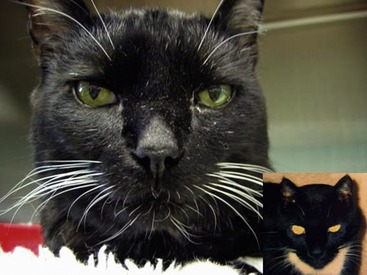acromegaly in cats prognosis
Insulin resistance is associated with the usual signs of diabetes mellitus. Other clinical signs due to this disease are.

Acromegaly In Cats The Veterinary Nurse
Most die of complications eg congestive heart failure Heart.

. Acromegaly is most commonly seen in older 10 years old neutered male cats that have insulin-resistant diabetes mellitus. Acromegaly is a rare disease caused by an overproduction of the growth hormone GH. The average cat survived 25 months after SRT meaning that half of the cats lived a longer time and half lived a shorter time.
Feline acromegaly has its origin in an adeno-hypophyseal lesion or an adenoma responsible for deregulation in the production of GH the. Chronic kidney disease neurological signs or euthanazed due to painful polyarthropathy. However with increasing case experience this signalment may change.
Growth hormone is produced in an anterior lobe of the pituitary gland specifically by cells. Acromegaly is a rare but very dangerous condition that affects cats of all ages breeds and genders. However cats of any age or sex can develop acromegaly.
Most cats with acromegaly do not show neurologic signs. Acromegaly in cats originates in an adeno-pituitary lesion or an adenoma that is responsible for deregulation of the production of GH the growth hormone. Excess of the GH causes enlargement of the extremities head feet jaw skull soft tissues tongue heart.
Morphological changes in the head and extremities of the limbs. The disease is typically caused by an abnormal growth or. Print off the owner factsheet on Acromegaly in cats Acromegaly in cats to give to your client.
The keys to diagnosis ANATOMY AND PHYSIOLOGY. In the case of cats it may be due to insulin resistance in treatment for diabetes. Difficult to control Feline Diabetes requiring higher than usual doses of insulin and weight gain vs.
Acromegaly occurs as a result of excessive growth hormone GH production. In addition improvement to some organs damaged by acromegaly may be seen especially concerning damage to the heart. The heart may enlarge and cats may develop abnormal heart rhythms and congestive heart failure.
The anabolic effects of growth hormone are exerted through the intermediary hormone insulin-like growth factor 1 which is produced in the liver under the influence of growth hormone. It is more common in certain breeds than others but this disease is generally quite uncommon. It is caused by a.
Feline acromegaly is caused by a pituitary adenoma that secretes excessive amounts of growth hormone. Most cats see their diabetes cured also with a return to normal numbers and insulin no longer needed. Specialists confirm the definitive diagnosis through imaging and by measuring the levels of certain hormones in the blood.
Acromegaly in cats is commonly treated with radiation. What is the treatment for acromegaly in cats. Acromegaly is a relatively rare condition caused by excessive hormone production in the brain or in mammary gland breast tissue.
However in cats such as Sugar in which the concurrent disease causing insulin resistance is recognized and treated appropriately a favorable outcome is possible since glycemic control. Unlike most diabetic cats with poorly controlled blood glucose levels who lose weight cats with Acromegaly will often if not always gain weight. In the case of cats this may be due to insulin resistance in the treatment of diabetes.
The most common functional pituitary macroadenomas in cats is associated with increased production of growth hormone or acromegaly. Just like the normal non-acromegalic diabetic cat the acromegalic diabetic cat tends to be a middle-aged to older male neutered domestic short hair. A large expansile pituitary mass hypertrophic cardiomyopathy with marked left ventricular and septal hypertrophy early or dilated cardiomyopathy late hepatomegaly renomegaly degenerative joint disease lumbar vertebral spondylosis moderate.
The tissues of the soft palate may grow excessively leading to noisy breathing snoring and even upper airway obstruction. Polyuria polydipsia changes in appetite. Feline acromegaly is also called feline hypersomatotropism.
Acromegaly can develop hypertrophic cardiomyopathy. Common symptoms associated with insulin resistance include weight loss despite a good appetite and increased thirst and urination. In most studies at least 23 cats had improved symptoms and 50-92 had improved control of their diabetes.
The usual weight loss seen in cats with uncontrolled blood glucose levels are signs that your cat may have Acromegaly and should be. Acromegaly can be treated with analogues of somatostatin. Congestive heart failure renal failure Kidney.
It is more common in cats than dogs. The prognosis for feline acromegaly varies and can be very difficult to predict for an individual cat. Without treatment most cats are euthanized within a few months of diagnosis.
Characteristic effects of excessive growth hormone secretion include the. Weight gain unexplained by the tutor. Weight loss in cats.
Acromegaly Hypersomatotropism in Cats About. The earliest witnessed signs tend to be those of unregulated diabetes mellitus. Survival time 8-30 months.
Noisy breathing especially during sleep. Affected cats can develop gradual changes in their appearance but because the disease develops over a long period of time owners may not notice any problems. Acromegaly can have a significant impact on your cats health is most often associated with diabetic cats and is the result of the secretion of an excess growth hormone.
Feeling of intense thirst polydipsia. Acromegaly in Cats Symptoms. Acromegaly can lead to abnormally rapid growth rates as well as a number of other medical conditions including diabetes mellitus kidney disease liver disease heart disease and degenerative joint disease.
Feline acromegaly is an uncommon disease although it is thought to be underdiagnosed. Your cat will however need on-going hormone replacement treatment following the surgery. Prognosis for cats with uncontrolled acromegaly and poorly controlled diabetes mellitus is poor to guarded.
Gross necropsy findings in acromegalic cats may include. Specialists confirm the definitive diagnosis through imaging and by measuring the levels of certain hormones in the blood. Somatostatin is a hormone released by the.
Recognising this syndrome in these cats will be key to successfully managing the concurrent diabetes.

Acromegaly In Cats The Veterinary Nurse

Feline Acromegaly The Keys To Diagnosis

Acromegaly In Cats Symptoms Diagnosis And Treatment

Acromegaly In Dogs And Cats Sciencedirect

Diagnosis Feline Acromegaly Tufts Catnip

Acromegaly In Cats The Veterinary Nurse
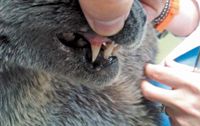
Feline Acromegaly The Keys To Diagnosis

Pdf Acromegaly In A Non Diabetic Cat
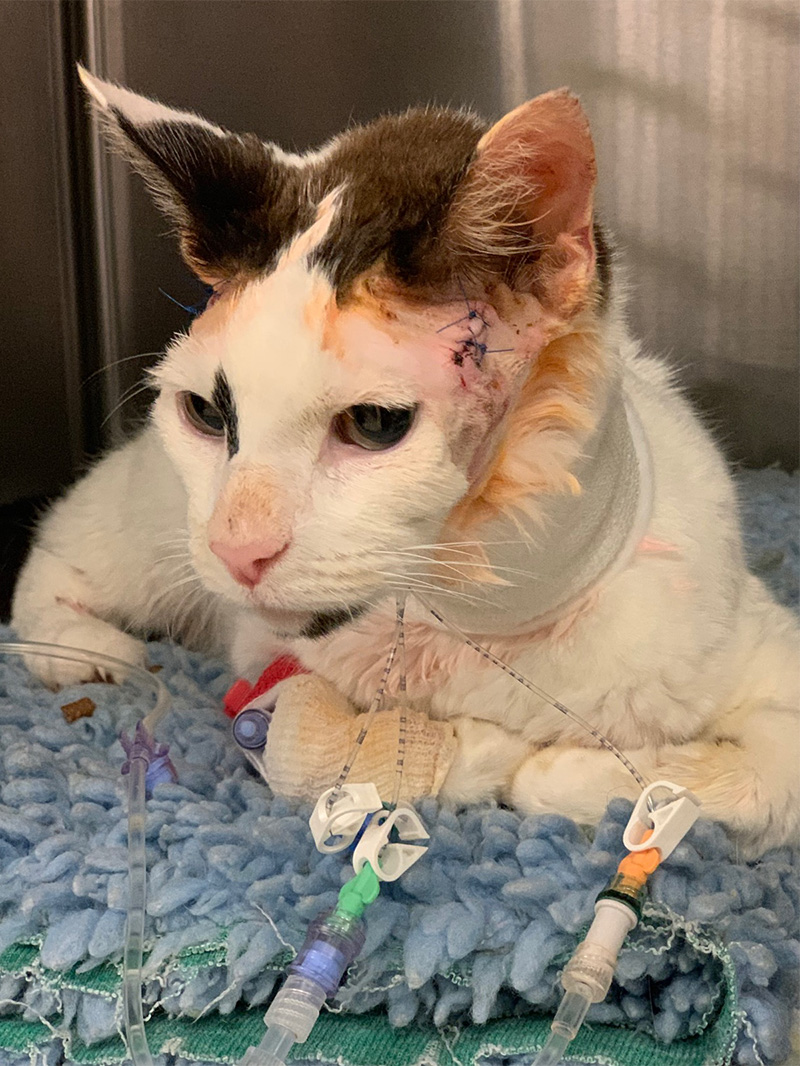
Pioneering Hypophysectomy Treatment Reaches 100 Case Milestone
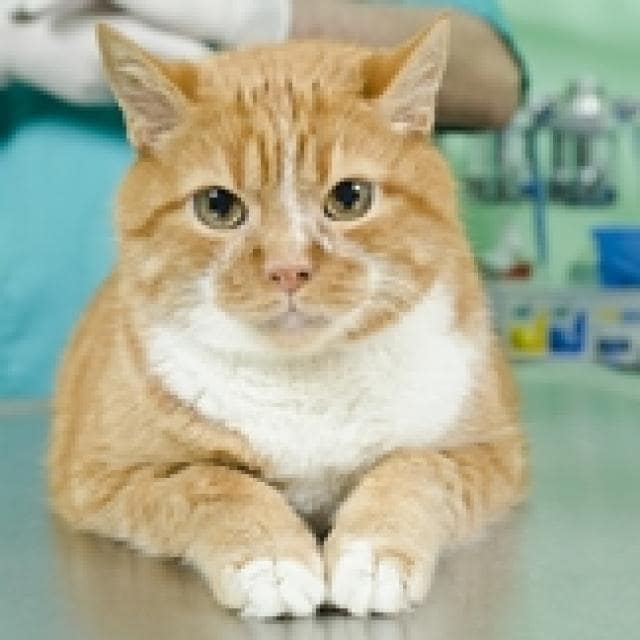
Acromegaly In Cats Rare But Probably Underdiagnosed Petmd
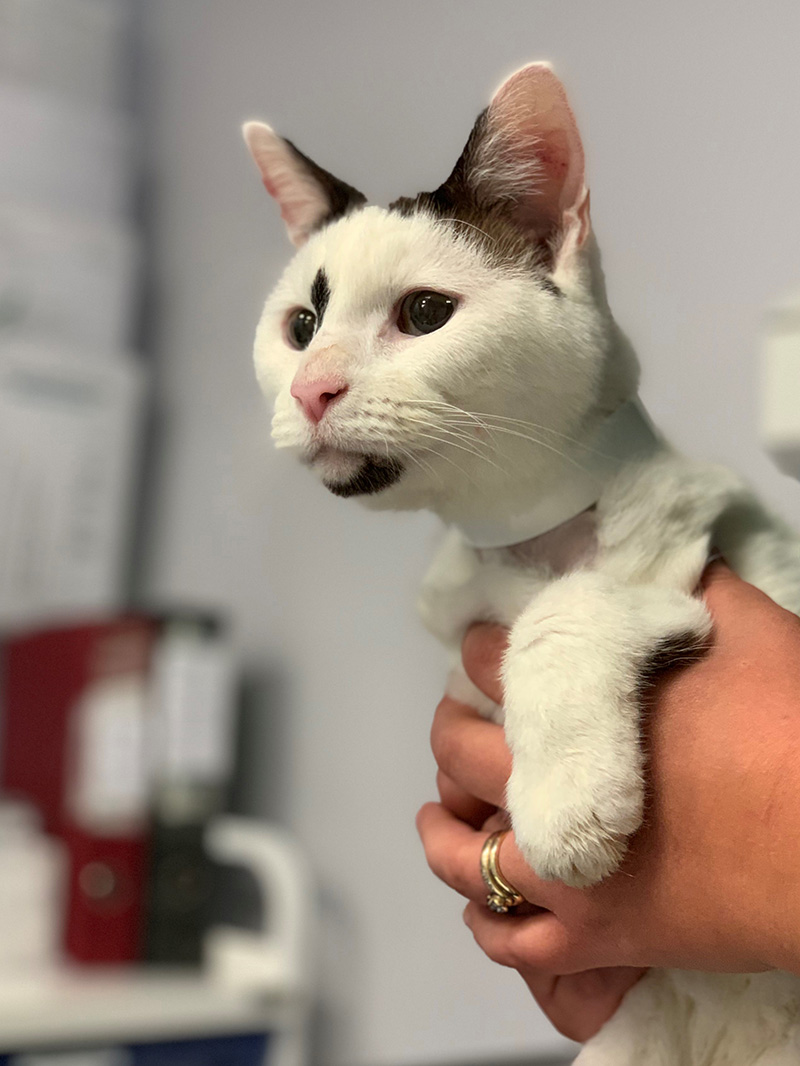
Pioneering Hypophysectomy Treatment Reaches 100 Case Milestone
Pharmacological Treatment With Cabergoline In Three Cats With Acromegaly

Tumors Of The Endocrine System Veterian Key

Acromegaly In Cats The Veterinary Nurse


